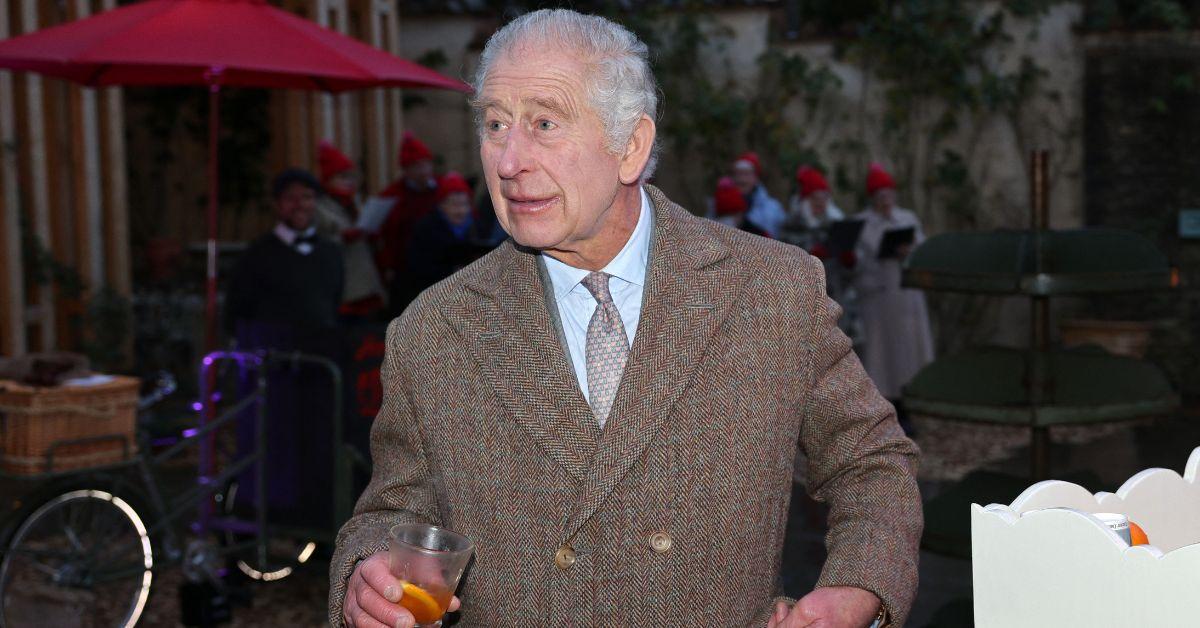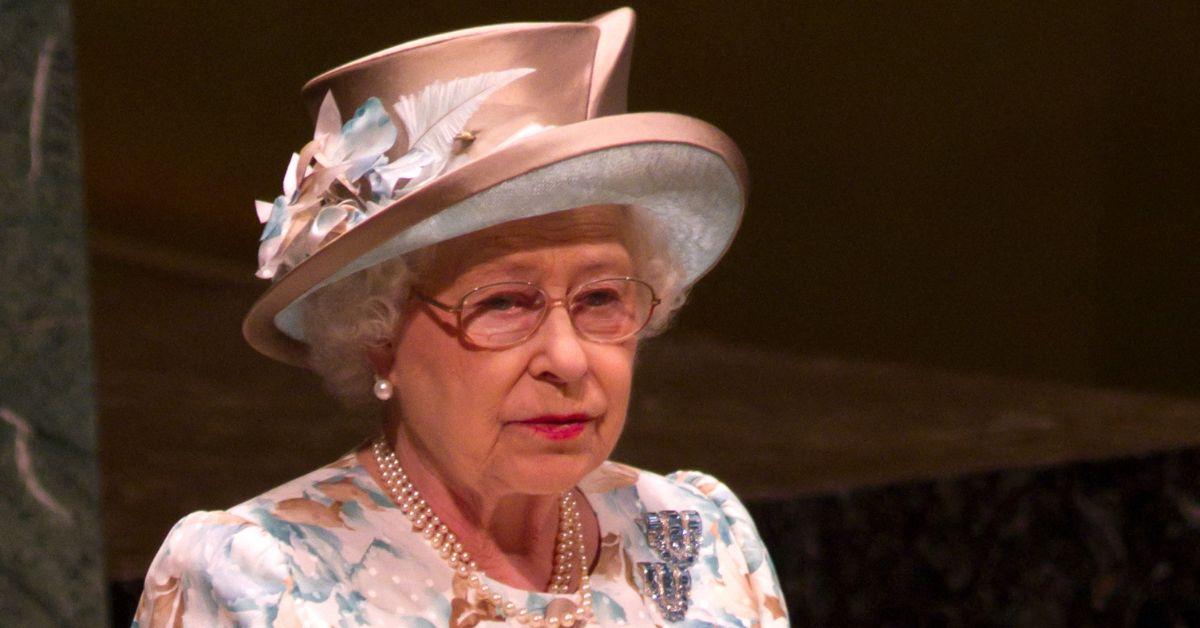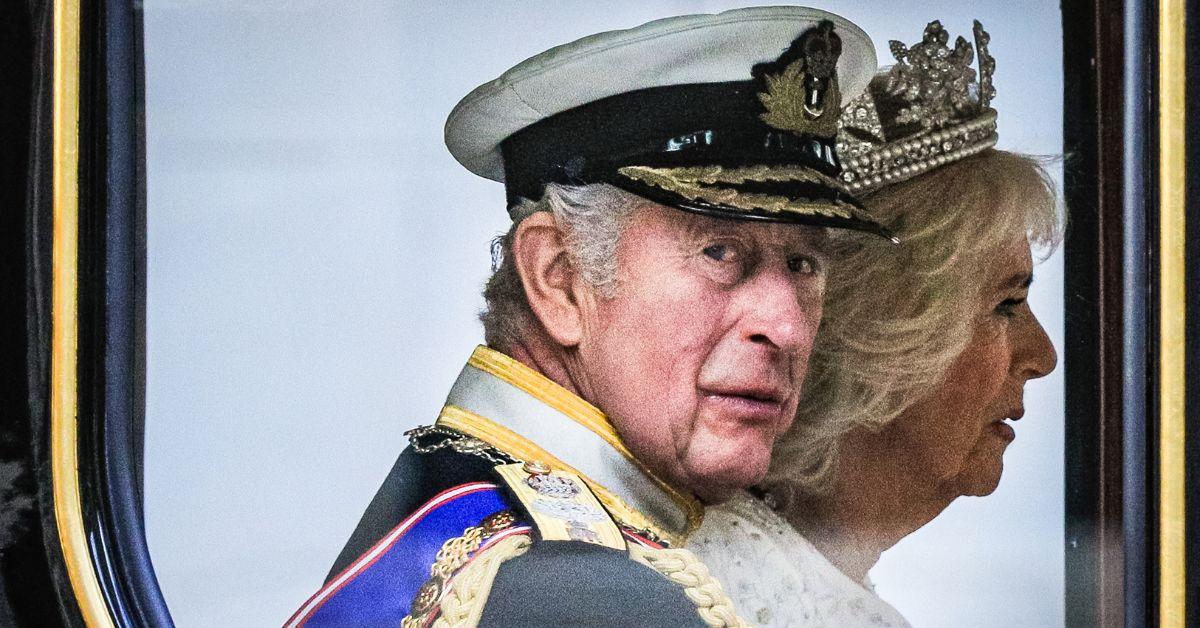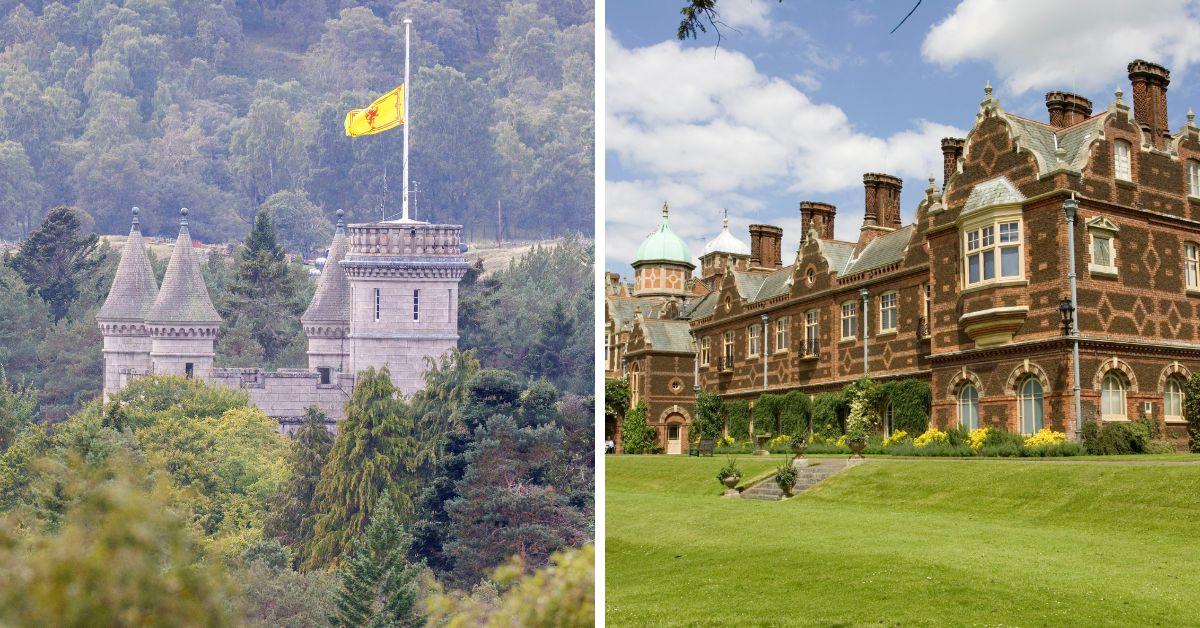'Strict No Cats Policy': King Charles Discriminates Against Felines When It Comes to His Rental Homes in Sandringham

King Charles III could become a nightmare landlord for any of his rural Sandringham estate tenants who have cats. Although the monarch will allow dogs "on a case-by-case basis," the feline ban is said to be "strictly enforced," as are the 12-month minimum rental terms for multiple unfurnished properties rented out to everyday subjects of the Crown.

The cat ban was said to have originated during the early reign of Queen Elizabeth II — not because she disliked the pets but because she wanted to protect nearby bird populations. It is also rumored that the late sovereign may have been allergic to cats, which could help to explain her lifelong love of dogs.
Whether or not the King is averse to felines living in rental properties or not, the units are not without their critics, even though the monarch is their official landlord.
"We ain't got any loft insulation, we’ve still got metal windows, we ain’t got a firewall [in the loft]. Lots of the things we haven't got, we should have. Any other landlord would be had up for doing what they’re doing. But... you can’t take the Queen to court," Shernborne resident Mick Dye told an outlet during Elizabeth II's reign.

The British monarch owns a large majority of the land throughout the United Kingdom, up to and including some 250,000 acres of land directly and a further 615,000 under the administration of the Crown Estate. It is also reported that the reigning head of state owns 55 percent of Britain's beaches, which, as an island nation, comprises over half of the country's shorelines at any given location.
When it comes to British real estate, many royal analysts claim that it is easier to ask what the sovereign doesn't own or lay claim to as opposed to what they have.

Most of the well-known royal properties throughout the U.K., including Buckingham Palace, Windsor Castle, St James' Palace, Kensington Palace, Clarence House, the Palace of Holyroodhouse and Hillsborough Castle, are actually not the monarch's private property. All of these residences are managed and run by the Crown Estate, which is under the monarch's guidance but not their direct command.
In fact, only two of the most famous royal homes — Balmoral Castle and Sandringham House — belong solely to the British sovereign.
The monarchy surrenders revenue from the Crown Estate to the British government every year in exchange for a "Sovereign Grant" of taxpayer money. This money funds the upkeep of royal residences, security, travel and the costs associated with performing the King's official role as head of state.

Powered by RedCircle
The New York Post reported on Dye's remarks.
